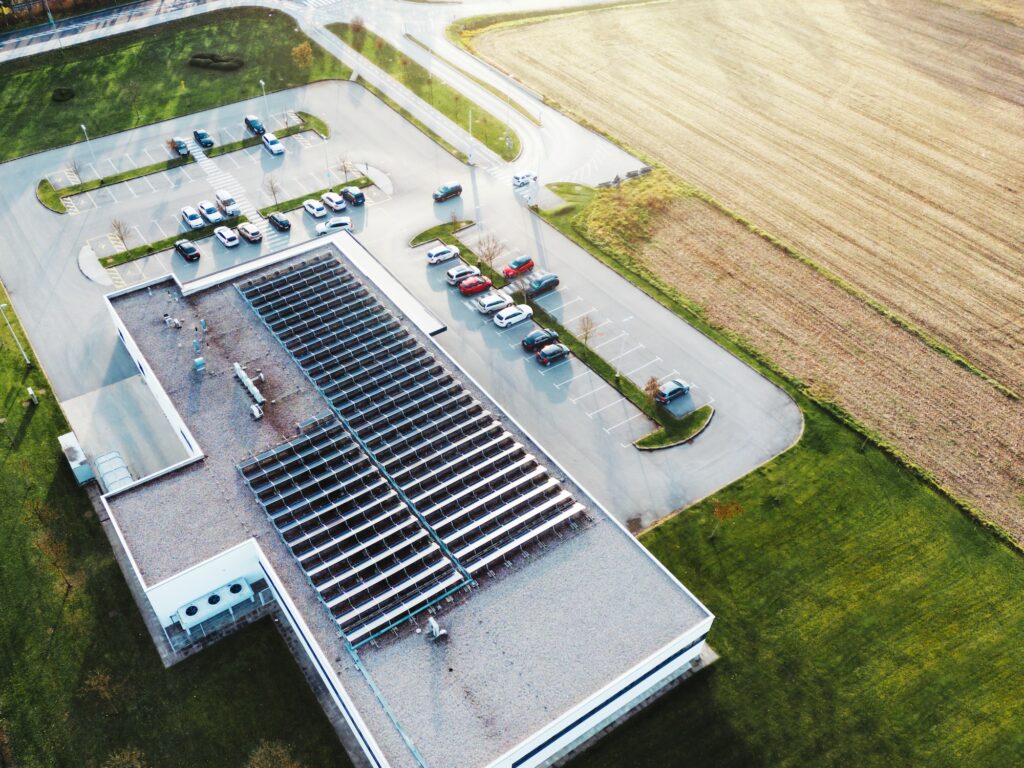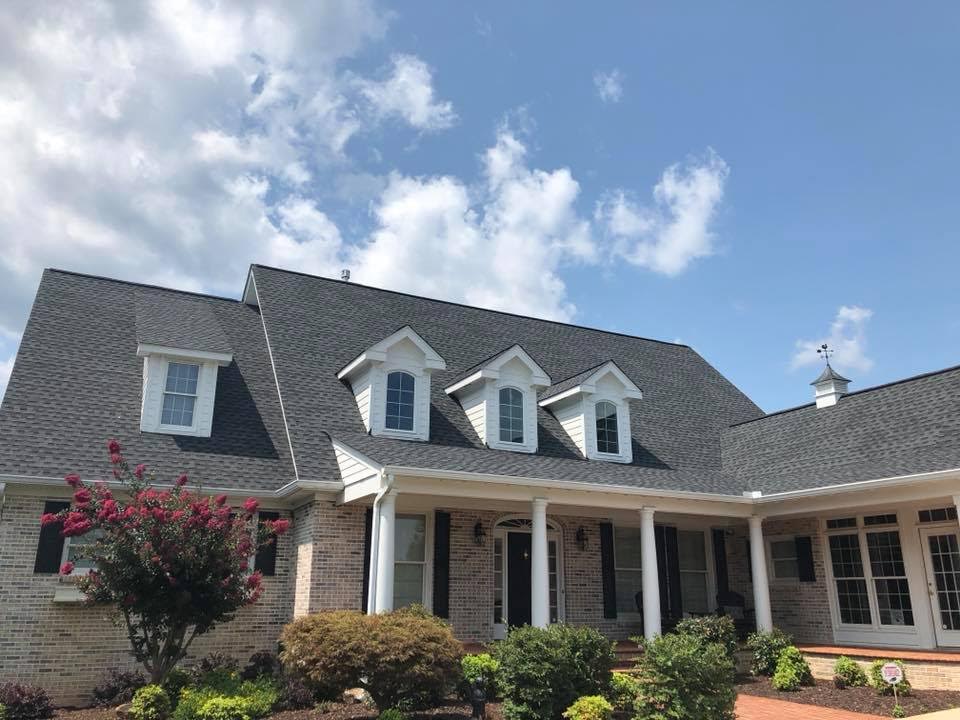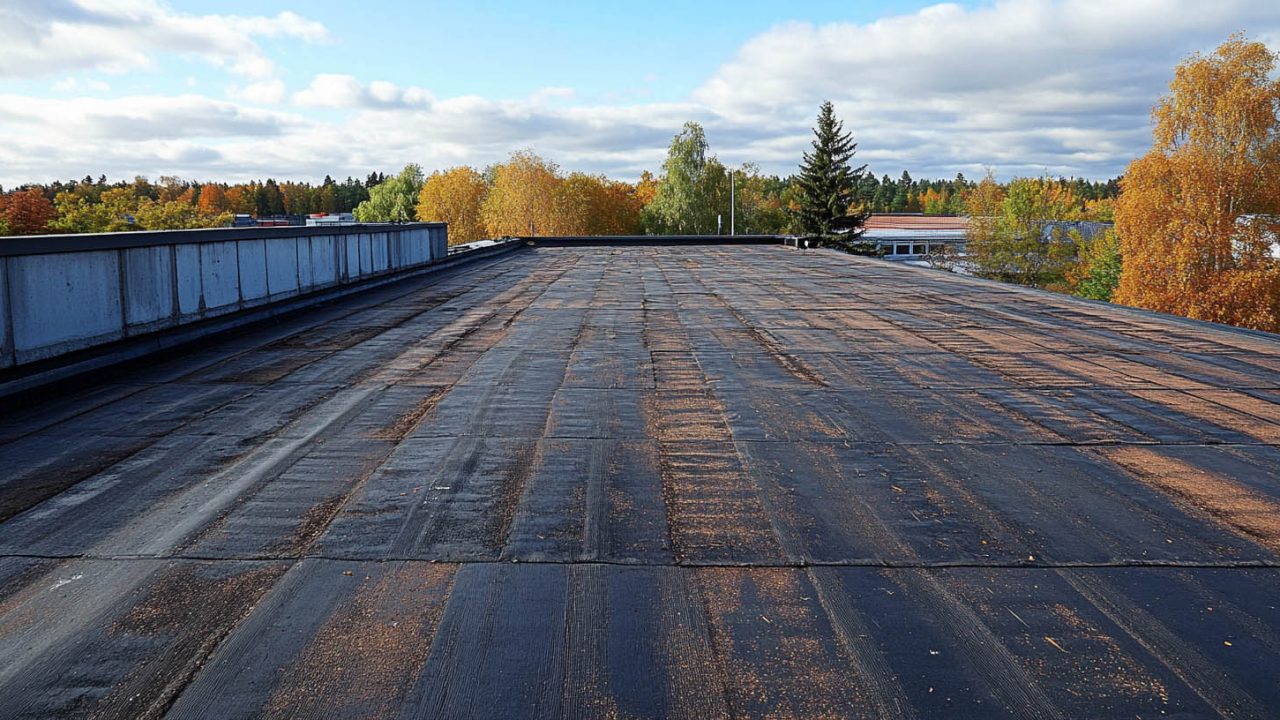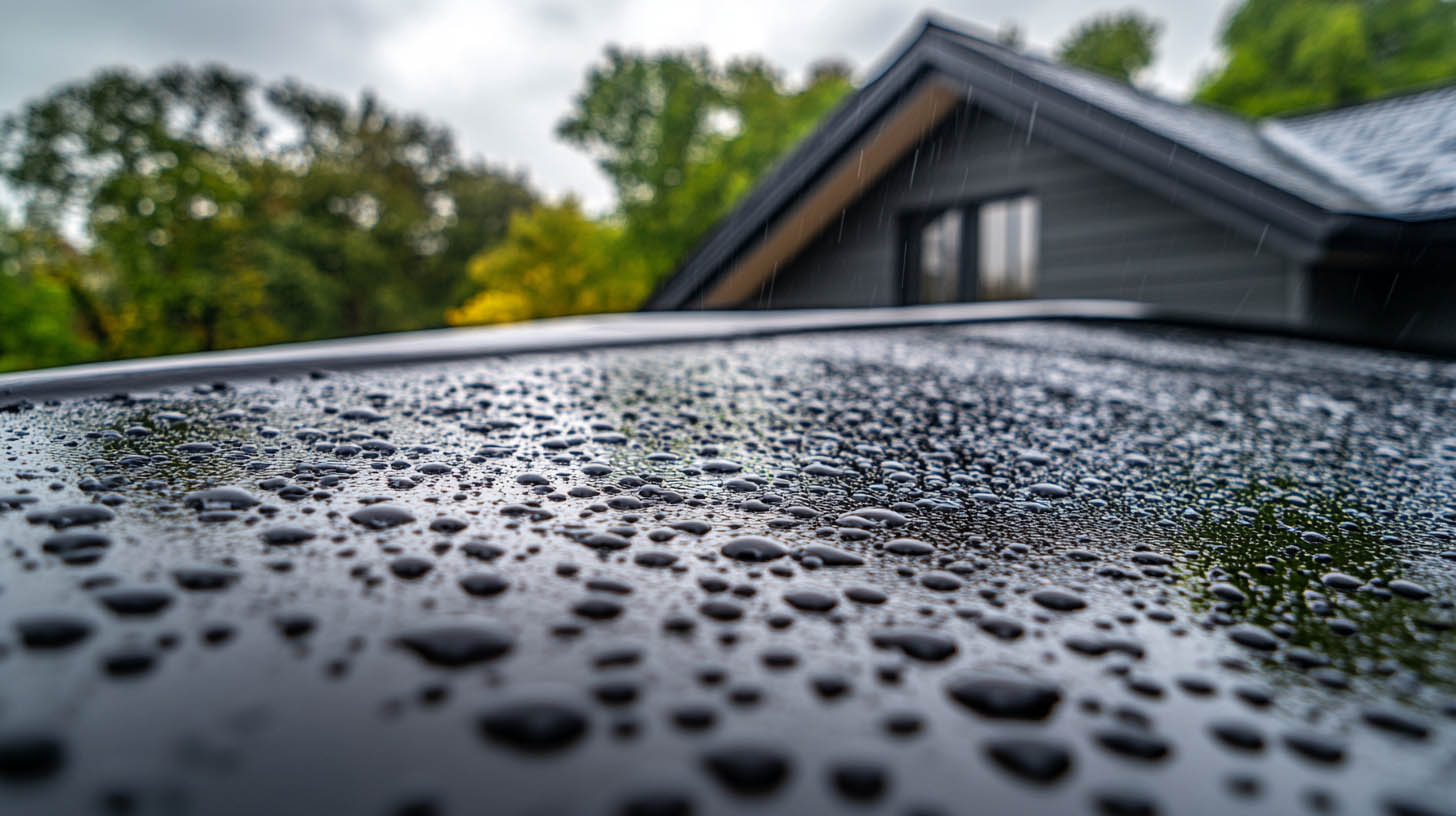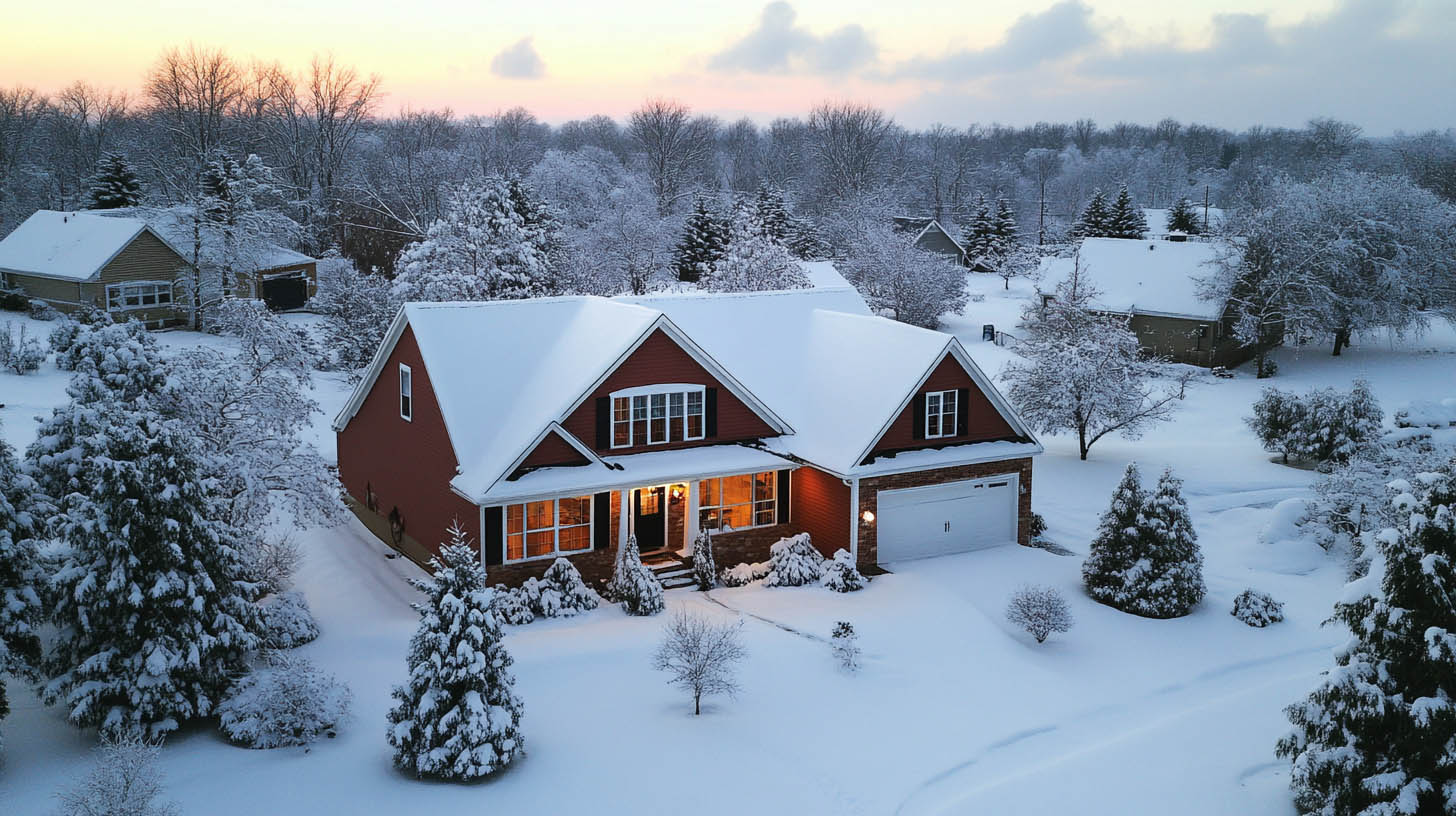Commercial roofs are designed to withstand various elements and stress, but they are not impervious to damage. Roof punctures, whether caused by human activity, environmental factors, or aging materials, can lead to significant issues if not addressed promptly. At United Contracting & Roofing LLC, we emphasize the importance of understanding and preventing roof punctures to maintain the integrity and longevity of your commercial roof.
Common Causes of Roof Punctures
1. Foot Traffic
Frequent foot traffic during maintenance or inspections can inadvertently cause punctures. Dropped tools, heavy equipment, or missteps can damage the roofing material, creating small holes or tears that can lead to leaks.
2. Falling Debris
Overhanging branches, loose equipment, or flying debris during storms can puncture the roof’s surface on impact. Severe weather conditions like hail, ice, or strong winds often result in dislodged debris that can cause significant damage.
3. HVAC Installations
Improper installation or maintenance of HVAC systems can lead to punctures. Sharp metal edges, screws, or nails from HVAC equipment or ductwork can pierce the roof membrane, compromising its integrity.
4. Satellite Dish or Antenna Installations
Mounting satellite dishes, antennas, or other rooftop equipment requires careful consideration to avoid puncturing the roof. Improperly secured installations can damage the roofing material and lead to leaks.
5. Age and Wear
Over time, roofing materials degrade due to exposure to the elements, UV radiation, and temperature fluctuations. This natural wear and tear make the roof more susceptible to punctures from ordinary foot traffic or minor impacts.
6. Wildlife
Animals such as birds, rodents, or insects can cause punctures when they nest on or burrow into the roofing system. Their activities can weaken the roofing material and create holes that lead to leaks.
Preventing Roof Punctures
Trim Overhanging Trees
Regularly trimming branches and foliage that overhang the roof can prevent falling debris and reduce the risk of punctures during storms or high winds.
Conduct Routine Inspections
Scheduling regular inspections by qualified professionals can detect early signs of wear, tear, or punctures. Early detection and repair prevent minor issues from developing into major problems.
Address Wildlife Intrusions
Promptly address any signs of wildlife intrusion, such as nesting birds or rodents, and take preventive measures to deter them from returning to your roof.
Choose Durable Roofing Materials
Opt for high-quality roofing materials that are resistant to damage, especially in areas with high foot traffic or exposure to potential hazards. Durable materials can withstand impacts and reduce the risk of punctures.
Implement Preventive Maintenance
Proactive maintenance is crucial for preventing roof punctures. Regularly cleaning gutters, ensuring proper drainage, and addressing any signs of wear can significantly reduce the risk of damage.
Dealing with Roof Punctures
Immediate Repair
When a roof puncture is detected, immediate repair is essential to prevent further damage. Delaying repairs can lead to water infiltration, structural damage, and costly repairs.
Professional Assessment
Engage a professional roofing contractor to assess the extent of the damage and recommend appropriate repair solutions. A thorough inspection ensures that all potential issues are identified and addressed.
Regular Monitoring
After repairs, regular monitoring and maintenance are crucial to ensure the roof remains in good condition. Schedule periodic inspections and address any new issues promptly to maintain the roof’s integrity.
Conclusion
Understanding and preventing roof punctures is vital for the longevity and performance of commercial roofs. At United Contracting & Roofing LLC, we provide expert roofing services to help you protect your investment and ensure your roof remains in optimal condition.If you want to know more for How Long Should Roof Coating Dry Before Rain, click here.

